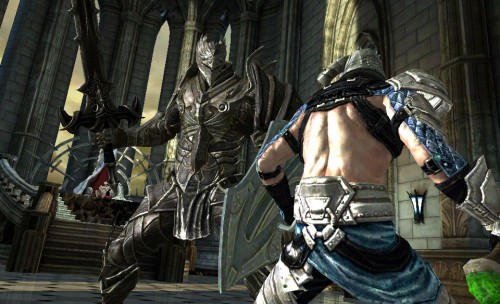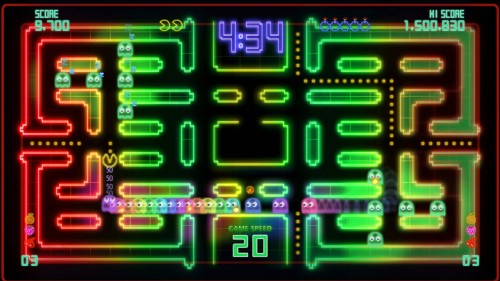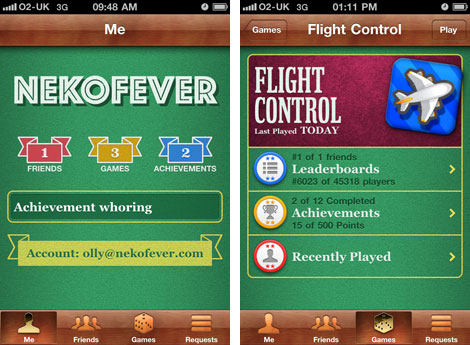To be fair, Vanquish isn’t my favourite of 2010, mainly because I love Red Dead that much, but also as it has a story that makes me feel less intelligent for having sat through it and can be finished off in a few hours. The four hours that was being bandied around before its release seems a touch on the harsh side – I did it in a hair under six hours on normal difficulty – but it would be enough for me to question the value of a full-price purchase. Find it for something around the £12.98 that I paid in the post-Christmas sales, though, and you shouldn’t hesitate.
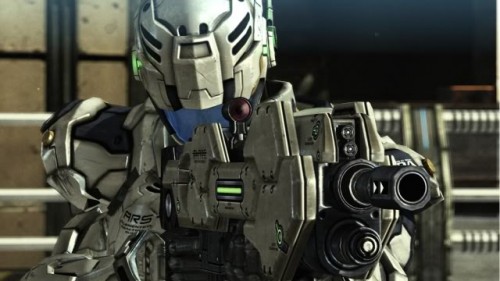
Vanquish is just a good old-fashioned blast, of the kind that Japanese developers would have been pumping out with some regularity had they not gone to shit this generation. It takes the handful of things that I like from the Devil May Cry and God of War kind of games and mixes them with a dash of Gears-style cover shooter, and it ends up being one of the best of both styles. More accessible than DMC, more varied and deeper than God of War, and faster and more intense than Gears of War.
Although it’s developed by Platinum with Shinji Mikami at the helm, it’s published by Sega and feels like something that would have come out on the Dreamcast in its all-too-brief heyday. In that respect it’s like Bayonetta, not ashamed of the fact that it’s a video game and revelling in its lunacy and heritage. The story is utter shite most of the time, with characters who make cardboard cutouts look deep and some absolutely barking twists and turns that won’t do much to convince gaming’s detractors of its storytelling strengths, but even with these flaws and a slight feeling that it peaks too early, I can’t help but love it.
Platinum’s fast becoming one of my favourite developers, just because it’s proud of its and gaming’s heritage, and the enthusiasm shines through in its games. This and Bayonetta are two superlative examples of games from crowded genres that manage to possess great originality and polish, and they really buck the trend of the downturn in Japanese gaming so far this generation.
As long as Platinum’s fruitful relationship with Sega continues, I’m going to keep playing its games in a little time warp. Dreamcast 2: not just a console but a state of mind.

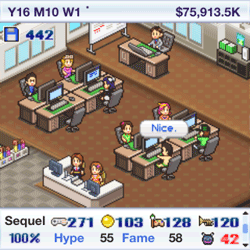 There are tons of films about films, and plenty of music about making music, but a conspicuous lack of games about games. The mark of an immature medium or a lack of mainstream interest in the actual making of games? Probably both, but nobody who’s played it can forget the superb gallows humour of
There are tons of films about films, and plenty of music about making music, but a conspicuous lack of games about games. The mark of an immature medium or a lack of mainstream interest in the actual making of games? Probably both, but nobody who’s played it can forget the superb gallows humour of 